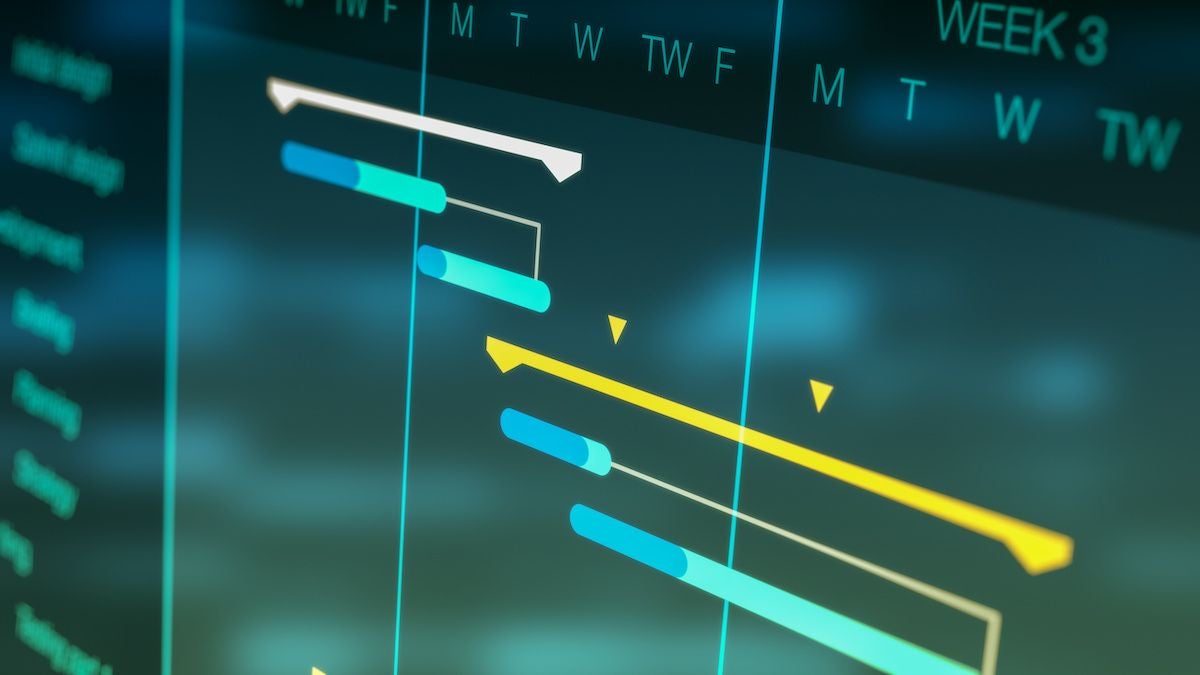For those new to the concept, a Gantt chart is a specific type of bar chart meticulously designed to visualize project schedules. Its primary goal is to present a clear timeline overview of an complete project, which includes its constituent elements: tasks, sub-tasks, milestones, and goals. The achievement of any project is contingent on this visualization.
Gantt charts are an excellent tool for managing projects because they are so easy to understand. Teams of project managers can easily determine the crucial route to completing the project, due to the chart’s capacity to show dependencies and timelines. This includes knowing what projects must be completed first, what tasks can be completed concurrently, and where potential bottlenecks could arise.

The critical path is the sequence of activities that, if not completed it will delay the overall duration of the project. It is crucial to identify and control the critical path to ensure that projects remain on course. Gantt charts simplify this process. By studying the chart, project managers can spot those tasks that are crucial and allocate resources accordingly in order to ensure that there are no delays.
A Gantt chart is typically composed of a horizontal time-line that shows the entire duration of a project, along with a series vertical bars or lines to mark each task and its start and finish dates. Each task is represented as the form of a bar. The dependencies between tasks can be identified by the position of the bars. Milestones typically are marked with specific colors or symbols. They signify important accomplishments of the project.
Beyond their use for project managers, Gantt charts facilitate effective collaboration between teams. Each team member has a complete view of the timeline for the project and also their individual responsibilities. This understanding of the project’s progress and objectives creates a unified environment where everyone is on the same team.
Gantt charts are also useful for evaluating the progress of a project. The charts allow participants and other stakeholders to evaluate the current status of the project and every project with a glance. This real-time transparency allows early identification of any issues or delays, and provides for the mitigation of any issues.
The versatility of Gantt chart is extended to different kinds of projects and industries. Gantt chart can be customized to your specific needs regardless of whether you’re managing the software project which has many coding activities or a construction project with complicated dependencies, or marketing campaigns that have many deliverables.
Gantt charts: the magic of Project Success
Imagine a scenario in which an executive of a construction business embarks on the construction of a new office. The project can be extremely complex, involving everything from foundation laying and preparation for the site, through interior design and landscaping. Any delay can affect the date for the completion of the project.
But, with the aid of a Gantt chart project managers can carefully plan and monitor every phase. It becomes apparent that specific tasks depend on one others. For instance interior design should be completed prior to foundation work is completed. Landscape design can also be started simultaneously with other tasks. The most critical path is identified and resources allotted in accordance with the path.
Gantt charts are the tool that professionals use for project management.
Gantt charts can be a useful tool for project managers with prior experience. These visual tools simplify project planning and execution. They allow teams to work collaboratively, align their efforts with objectives of the project, and react promptly to any deviations from the plan.
On-Time Delivery Every Time How Gantt Charts Keep Projects on the right track
Gantt charts are distinctive in their ability to help ensure that projects stay on track, and deliver on time. Gantt charts give a complete and clear view of the timelines for projects, dependencies and critical paths. This allows project managers and their team members to make informed and timely decisions.
Gantt charts are a consistent ally for project managers in an environment that is constantly changing, with unanticipated challenges and changing priorities is the norm. Its ease of use, flexibility, and the ability to visualize the success of a project make it a vital tool for every project manager who strives for excellence. If you’re planning to embark on a project management journey, consider harnessing the magic of a Gantt chart to unleash the full potential of your project and ensure that it is delivered on time every time.
